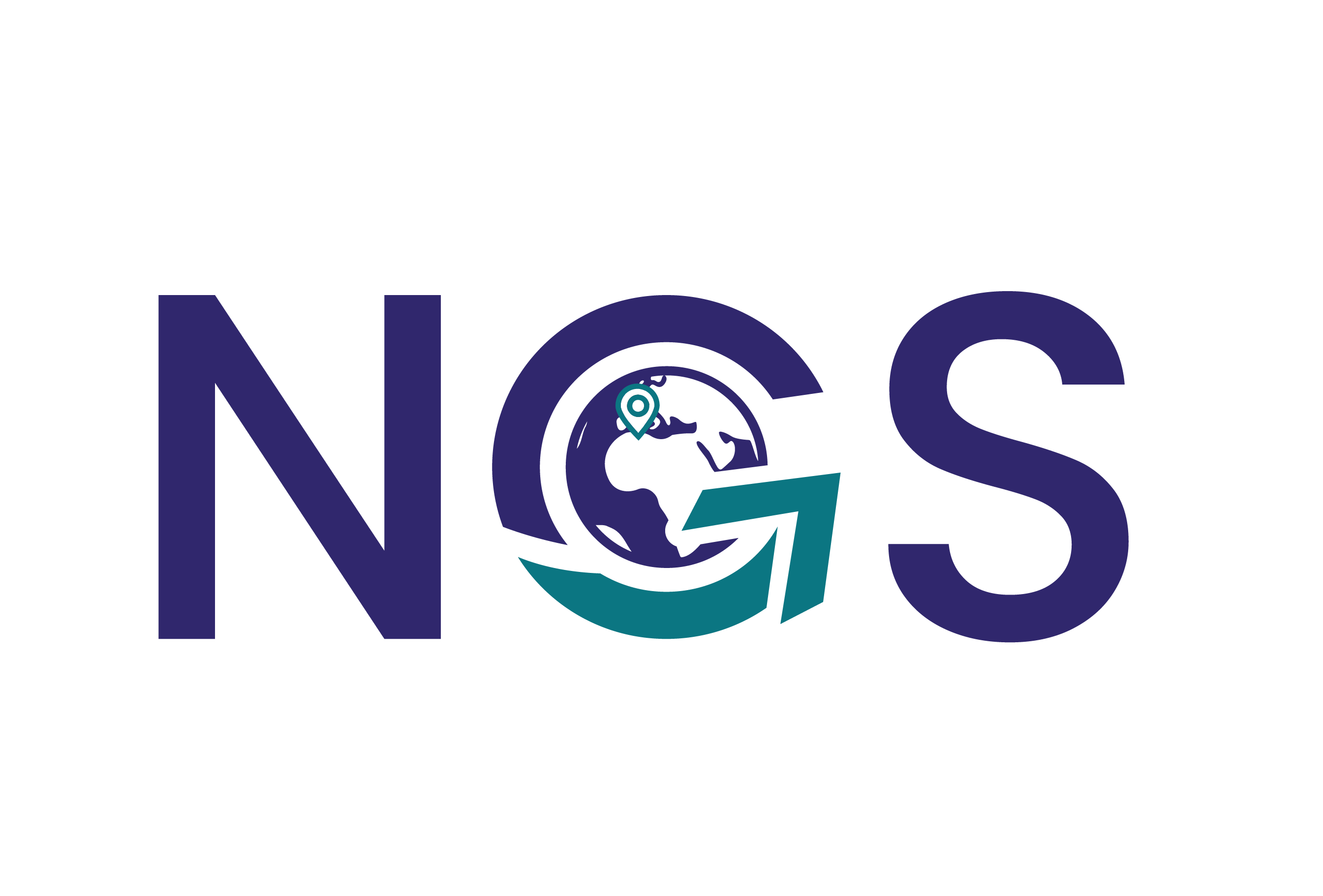Introduction
Incel communities have gained notoriety in recent years due to their often misogynistic ideologies and the potential for violence associated with some members. This report aims to analyse the risks faced by females as a result of these communities’ beliefs and actions.
Incels are a sub-culture community of men who forge a sense of identity around their perceived inability to form sexual or romantic relationships. The community of which incels belong operate almost exclusively online. Many followers and members of this community share conspiracy-like theories and misogynistic views. Members of the incel community define themselves as having an inability to have sexual or romantic relationships despite desiring them.
The incel subculture emerged from the ‘manosphere’, a collection of online forums where misogynistic views are prevalent, including the belief that feminism has ruined what they perceive to be an ideal society. Entitlement, misogyny, jealousy, fatalism and victimhood are the driving forces of the incel subculture.
In 2018, the Southern Poverty Law Center and the National Consortium for the Study of Terrorism and Responses to Terrorism (START) began tracking male supremacy as an extremist ideology.
One of the first recognised attacks was in May 2014, when a 22 year old Californian man declared a ‘war on women’ and killed six people, injuring 14 others. Leaving a manifesto, he detailed a hatred for women and espoused white supremacist beliefs.
Whilst still a rare occurrence there has been a rise in incel communities and as such the risk of such attacks occurring is not dismissible. The most recent incident on Saturday 13th April 2024 was seen in Sydney. Five women and one male were killed and 12 more injured at the Westfield shopping centre in Bondi Junction. Whilst yet unconfirmed, at the time of writing, family of the attacker believe the attack was targeted against women due to their sons incel related beliefs and mental health issues. Police remain investigating the incident, however courts have heard that the attacker had a fascination with incel ‘heroes’.
These ‘lone-wolf’ attacks are not dissimilar to the wake of attacks that can be seen as derived from Islamic state and right-wing extremists. Whereby individuals with strong beliefs will act on behalf of such ideologies as opposed to coordinated attacks conducted direct from lead terrorist groups.
Understanding Incel Communities
This section provides an overview of the incel movement, including its origins, core beliefs, and online presence. It explores how incels perceive themselves, women, and society, and the factors contributing to their sense of alienation and frustration.
Researchers over time have found that members of incel communities typically score higher on four components of a tendency for interpersonal victimhood, these being;
- A need for recognition (striving to be noticed and appreciated)
- Moral elitism (the feeling that the ingroup is more virtuous or righteous than members of outgroups)
- A lack of empathy (poor ability to identify and feel the emotions of others)
- Rumination (fixation on negative internal thought patterns)
Within the UK a recent study published in February 2024 looked into the ‘Predicting Harm Among Incels (Involuntary Celibates): The Roles of Mental Health, Ideological Belief and Social Networking’. The study conducted by Joe Whittaker, William Costello and Andrew Thomas of Swansea University UK found that members of incel communities had poor mental health, with many suffering from depression and regular thoughts of suicide. This is also supported by additional research studies finding that incels were much more likely to report feelings related to depression and anxiety.
Analysis of this research assessed whether a “harm” factor (made up of angry rumination, revenge planning, displaced aggression, hostile sexism, rape myth acceptance and justification of violence) could be predicted by either the needs, narrative, or networking of incels. Whittaker, Costello and Thomas found that all three significantly predicted “harm”, demonstrating support for the 3N framework’s core thesis that a combination of these three factors plays a role in radicalisation.
Incel communities were formed on sites such as Facebook, 4chan, Reddit and incel created online forums. Through these sites members have reported growing resentment towards women through discussions . Scholars have recognised that incels having such online platforms further encourages more extreme behaviours, giving way to cyberspace violence (for example, Parent, Gobble, & Rochlen, 2018). Cyberspace refers to the medium where incels operate to spread their message and incite harassment against women. A glance on such pages shows, whether anonymous or not, interactions are often toxic and hateful – particularly towards women. In interviews with ex-incel members they reported that certain individuals online would convince and strongly impose the beliefs that cruelty to men was a common attribute among women. Numerous former members of online incel communities have voiced concerns about the platforms fostering suicidal ideation and violence, exacerbating the already precarious mental state of individuals and heightening the risk of them carrying out attacks.
Risks to Females
The risk to females from attacks by members of the incel community is prevalent, however attacks are hard to predict. Physical attacks are conducted by lone-wolf actors and occur with little warning, making them particularly difficult to anticipate and prevent.
The most likely risk is online abuse or harassment. Incel communities operate largely online and individuals have been known to regularly engage in online harassment against women such as cyberbullying, stalking and threatening language. In many cases women are targeted simply by rejecting advances of members of these communities.
In extreme cases some individuals associated with incel communities have committed acts of violence. This has included mass shootings, violent targeted attacks and acts of terrorism motivated by misogyny. Such online communities commonly glorify these attacks. From the horrific 2014 attack in California by Elliot Rodger, we see the phrase “going ER” gaining prominence within the incel community. This phrase includes the name of the suspect and alludes to committing mass murder against women and then suicide. He is also further idolised as the “Supreme Gentleman” or as “Saint Elliot”; they commonly hail him as an example. The glorification of these figures normalises their actions and perpetuates the dissemination of the harmful ideology, sustaining the cycle of violence against women.
Not all members of incel communities, however, pose a direct threat and many will be experiencing poor mental health and social isolation. Despite this there can remain serious concerns that warrant acknowledgement, attention and action.
Case Studies
This section presents real-world examples of incidents involving incels targeting females, illustrating the potential dangers posed by these communities.
In 2018 Canada saw its first deadly attack inspired by the Incel movement. In 2022 the killer, a 17-year-old male, was sentenced to life in prison after found guilty of murder. In June 2023 a judge ruled the attack was motivated by Incel ideology and has been constituted as a terrorist attack.
Other examples include;
Isla Vista killings (2014): Elliot Rodger, who had been active in online incel communities, killed six people and injured 14 others in Isla Vista, California, United States, before taking his own life. Rodger left behind a manifesto and videos expressing his hatred towards women and his frustration at being rejected by them.
University of California, Santa Barbara stabbings (2018): A former student at the University of California, Santa Barbara, United States, attacked and stabbed four people, killing one, in what was described as a “planned mass murder.” The attacker had expressed misogynistic views and frustration over his perceived lack of romantic and sexual success.
Reading Stabbings (2020): In June 2020, a stabbing attack occurred in Forbury Gardens, Reading, England, resulting in the death of three people and injuries to several others. The attacker, was later convicted of murder and attempted murder. While his motives were initially unclear, reports emerged suggesting that the attacker had accessed incel-related forums and expressed extreme misogynistic views online.
Plymouth Shooting (2021): In August 2021, a gunman went on a shooting spree in Plymouth, England, killing five people, including a female relative and a young child, before taking his own life. Whilst not explicitly identify as an incel, the attacker had posted misogynistic content online and expressed frustration over his perceived lack of success with women.
Most recently in 2024 an attack occurred at Westfield shopping centre in Sydney, Australia, where six were killed and others injured. The individual was shot and killed by authorities and whilst there has been no formal report that the attacker was motivated by incel ideologies he was believed by local media to be a member of online incel communities and had expressed concerns around obtaining a girlfriend. The attackers’ beliefs and mental health aligns with that of stereotypical incel community members and his family have stated they believe he targeted the women due to these beliefs.
Societal Implications
As seen above, incel communities bring a threat of violence from individuals who have been radicalised by incel ideologies. These specific extreme views pose a risk to public safety with the potential for targeted and mass attacks. In the UK’s capital, London; incel ideology is recognised as extremist ideology by the counterterrorism command within the Metropolitan police (SO150.) There has been growing concerns regarding the spread of this ideology, especially among the younger male demographic. This follows a rise among young men being referred to the UK Governments’ anti extremism prevention, making up 1% of referrals from 2022- 2023. This notion of a rise and spread is further supported by an article from “the week” in 2023, which reports a rise in teachers referring students to the prevention scheme. Alongside this, research from the teacher’s union NASUWT saw that seven in ten female teachers have been victims of misogyny. This presents itself as a big risk to female’s who are working within this education system as well as to the female peers with these young individuals who are consuming such radicalised content.
Mitigation Strategies
This section outlines strategies for mitigating the risks posed by incel communities to females. This includes both preventative measures and responses to incidents of harassment or violence.
Some ways in which risks can be mitigated include:
Education
The promotion of education and awareness of incel ideologies and the harmful effects such extreme views can have. Resources, training and education across the public and private sector can encourage recognition of radicalisation and concerning behaviour early allowing for crucial support and intervention.
Support
Offering accessible mental health support services for individuals who are struggling with isolation, loneliness, depression and other mental health issues. This can include destigmatizing the views of seeking help for mental health concerns, especially among young men.
Providing support and resources for females and victims of incel related harassment and violence. Empower victims to speak out against harassment, engage in counselling and community based organisations or law enforcement.
Challenging and Promotion
Challenge gender stereotypes and promote literacy, critical thinking and discussions.
Public collaboration
Collaborating with government institutions, law enforcement, community organisations, tech companies and educators to name a few. Develop strategies, education and training for preventing the risk posed by incel communities, raising awareness of incel ideology and supporting the mitigation of threat posed by extreme ideologies.
Stronger legislation:
There have been steps in the right direction for this, as shown by the International Criminal Court (“ICC”) which is “committed to applying the full force of law” to address both gender based and sexual crimes. However, it’s imperative to establish more robust and sustained laws and frameworks internationally. Collaboration among governments, digital media platforms, and intergovernmental organizations is crucial to not only serve as a deterrent from a crime perspective but also to provide support, safeguarding, and a legal framework for victims of incel-related violence and harassment. This would empower them to speak out and feel safer.
Conclusion
In conclusion, the rise of incel communities presents significant risks to females, encompassing online harassment, misogyny-driven violence, and potential terrorist attacks.
While not all members of incel communities pose a direct threat, the toxic ideologies propagated within these groups contribute to a culture of hostility and entitlement towards women. Real-world examples, such as the Toronto van attack and the recent tragedy at the Westfield shopping center in Sydney, underscore the urgency of addressing these risks.
To mitigate the dangers posed by incel communities, a multifaceted approach is necessary. Education and awareness initiatives can help recognise signs of radicalisation early and promote healthy attitudes towards relationships and gender roles. Mental health support services should be accessible to individuals struggling with loneliness, depression, and social isolation, addressing the underlying vulnerabilities that make individuals susceptible to incel ideologies.
Additionally, challenging gender stereotypes and promoting critical thinking can help counteract the misogynistic beliefs perpetuated by incel communities. Collaboration between government agencies, law enforcement, tech companies, and community organisations is essential for developing comprehensive strategies to prevent radicalisation and address the threat posed by extremist ideologies.
By implementing these mitigation strategies and fostering a culture of empathy, respect, and inclusivity, society can work towards safeguarding females and combating the harmful impacts of incel communities on individuals and communities as a whole.
References
Costello, W., Rolón, V., Thomas, A. G., & Schmitt, D. (2022). Levels of well-being among men who are incels (involuntary celibates). Evolutionary Psychological Science. https://osf.io/tnf7b/
Cottee S (2020) Incel (e)motives: resentment, shame and revenge. Studies in Conflict & Terrorism, 44: 93–114.
Glace AM, Dover TL, Zatkin JG (2021) Taking the black pill: an empirical analysis of the “Incel”. Psychology of Men & Masculinities, 22: 288–97
Parent, M. C., Gobble, T. D., & Rochlen, A. (2019). Social media behavior, toxic masculinity, and depression. Psychology of Men & Masculinities, 20(3), 277–287. https://doi.org/10.1037/men0000156
Preston K, Halpin M, Maguire F (2021) The black pill: new technology and the male supremacy of involuntarily celibate men. Men and Masculinities, 24: 823–41.
Marsden, H (2023) ‘How incel culture is on the rise in UK schools’-ICC (2022) https://www.icc-cpi.int/news/statement-icc-prosecutor-fatou-bensouda-international-day-elimination-violence-against-women-0
For more advice on how you can help keep yourself safe, visit our Advice Guides – SheTravel page to learn more.








